News
-
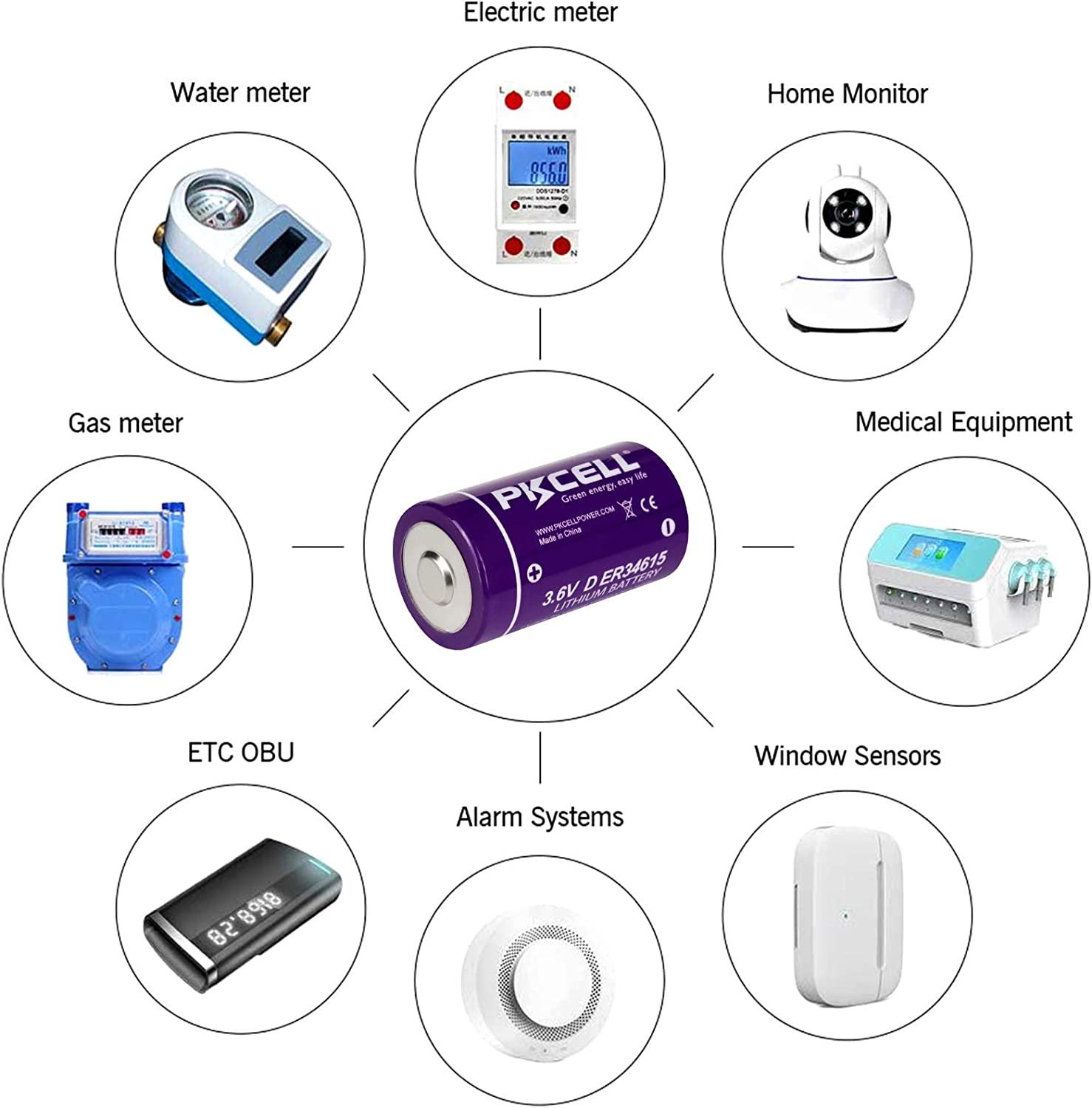
The Similarities And Differences Between ER34615 Battery And ER34615M Battery
ER34615M power type, wound structure; Nominal capacity: 14500mAh; Maximum continuous working current: 2000mA; Maximum pulse current: 4000mA; Products suitable for medium -sized current, such as wireless parking tester batteries, industrial gas meter batteries, IoT, the Internet of Things Water...Read more -

PKCELL wishes all women in the world a happy holiday!—–International Women’s Day
The full name of International Women’s Day is “United Nations Women’s Rights and International Peace Day”, which is also known as “International Working Women’s Day”, “March 8th” and “March 8th Women’s Day” in China. It is a ...Read more -

Characteristics and precautions of lithium sulfite chloride battery
Battery characteristics: 1) The specific energy of the battery is as high as 430Wh/kg (1000Wh/dm3), which is the highest among all kinds of lithium batteries. 2) High open-circuit voltage, up to 3.6 volts (V) for single cell; The working voltage is high and varies with the load, usually between ...Read more -

Precautions For Using Button Batteries
1. Before use, first check whether your electrical appliances are suitable for 3.0V lithium-manganese dioxide button batteries, that is, whether the electrical appliances match the batteries; 2. Before installation, check the terminals of the button battery, the appliances used and their contacts...Read more -
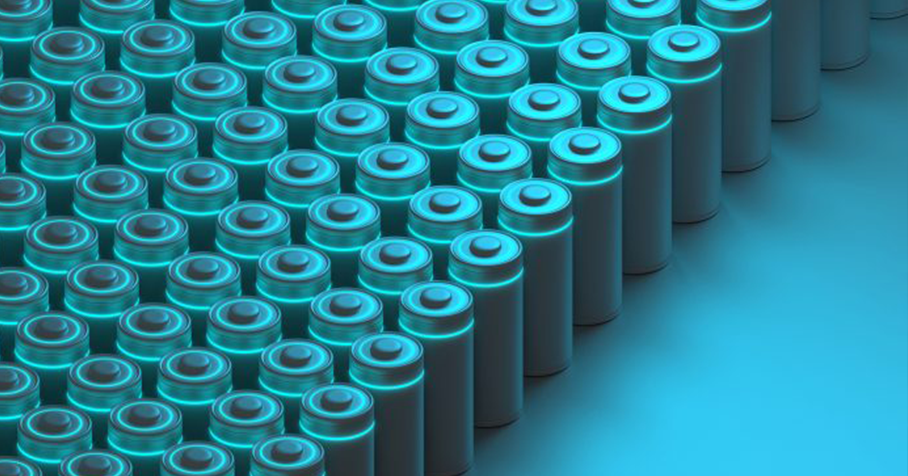
The Similarities And Differences Between ER18505 Battery And ER18505M Battery
The ER series is a lithium thionyl chloride battery, which is a disposable high-capacity, wide-working temperature lithium battery.At the same time, ER series batteries are divided into energy type (high capacity) and power type (with M), ER18505 is an energy type battery, ER18505M is a power typ...Read more -
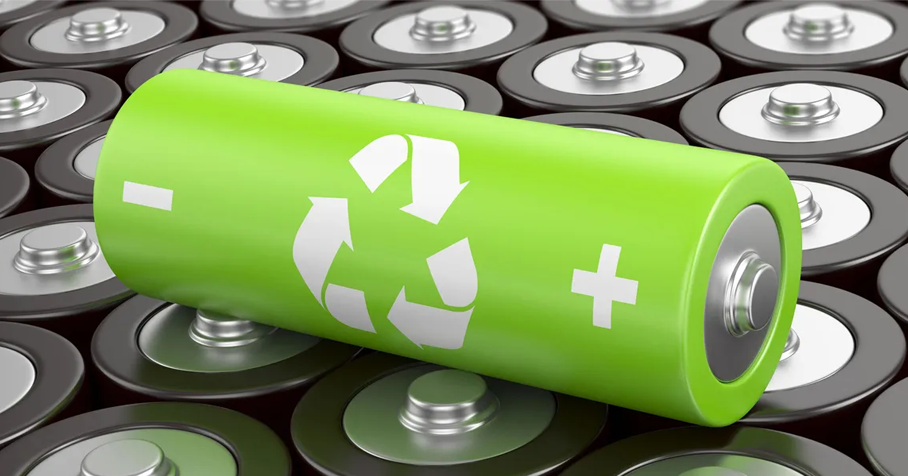
Are Lithium Button Batteries Safe?
To follow the manufacturer’s instructions and observe safe handling practices. For example, you should avoid puncturing or crushing the battery, as this can cause it to leak or overheat. You should also avoid exposing the battery to extreme temperatures, as this can cause it to fail or malf...Read more -
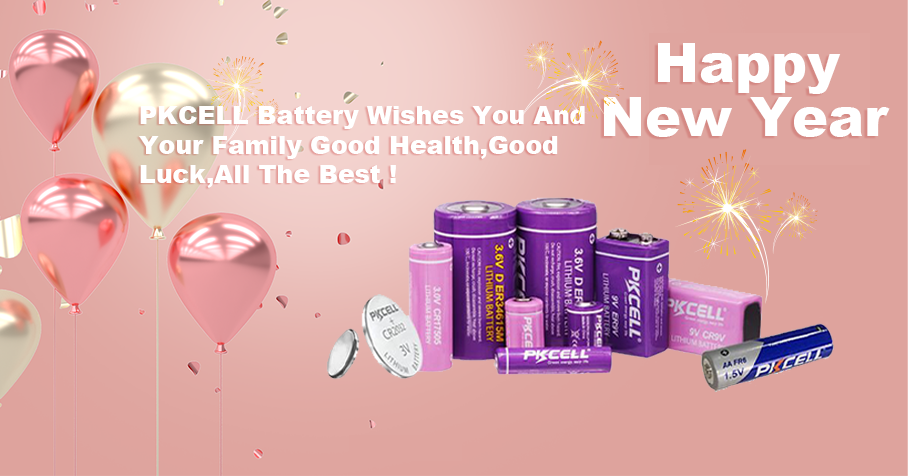
PKCELL Battery Wishes You A Happy New Year
Chinese New Year refers to the “New Year’s Festival”, which is now called “Spring Festival”. According to the old custom, from the end of December 23rd/24th, the kitchen sacrifice day (sweeping dust day), to the first lunar month fifteenth, nearly a month is called &...Read more -
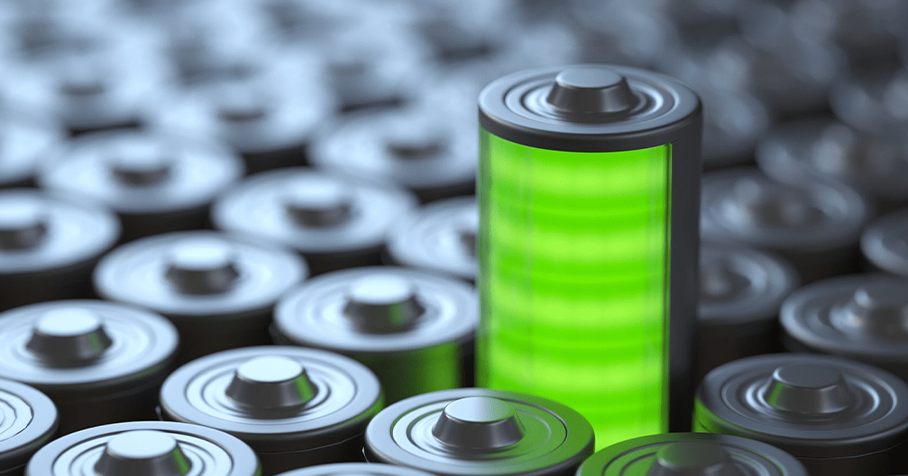
What Is The Difference Between A Lithium-ion Button Cell And A Lithium-Manganese Button Cell?
Lithium-ion button battery is a secondary battery (rechargeable battery), and its work mainly depends on the movement of lithium ions between the positive and negative electrodes. Lithium-manganese button battery is also called lithium metal battery or manganese dioxide button battery. The positi...Read more -
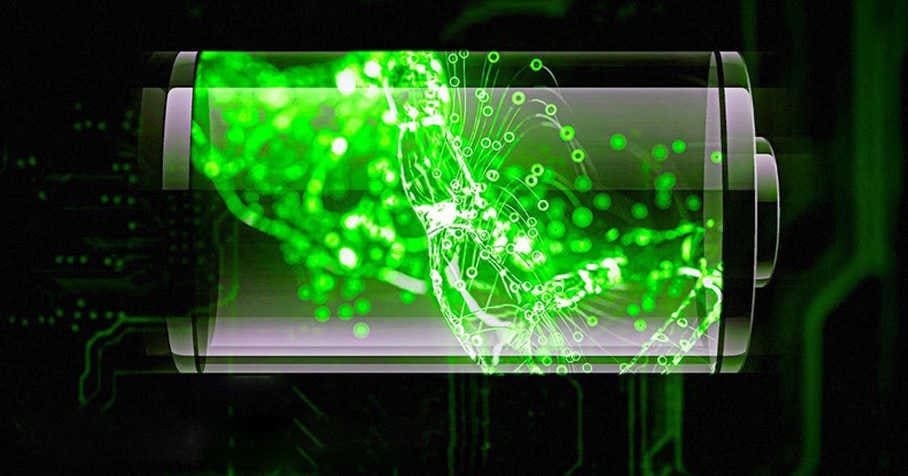
What’s A Button Battery?
A button battery refers to a battery that looks like a small button. Generally speaking, it has a larger diameter and a thinner thickness. Common button batteries are divided into two types: rechargeable and non-rechargeable. Charging includes 3.6V rechargeable lithium-ion button cell (LIR serie...Read more -

What’s LiFe2 Batteries?
LiFeS2 battery is a primary battery (non-rechargeable), which is a type of lithium battery. The positive electrode material is ferrous disulfide (FeS2), the negative electrode is metal lithium (Li), and the electrolyte is an organic solvent containing lithium salt. Compared with other types of li...Read more -
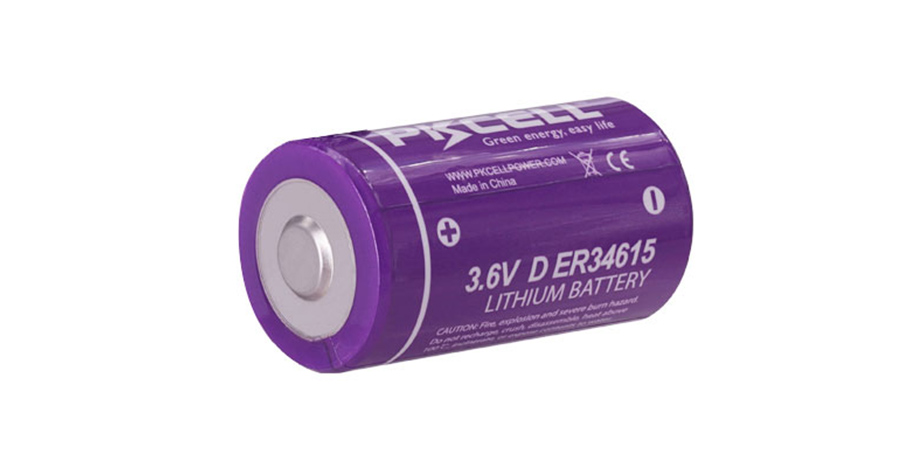
Why Us Choose LiSOCl2 Battery?
1. The specific energy is very large: because it is both a solvent and a positive electrode active material, its specific energy can generally reach 420Wh/Kg, and it can reach up to 650Wh/Kg when discharging at a low rate. 2. The voltage is very high: the open circuit voltage of the battery is 3...Read more -
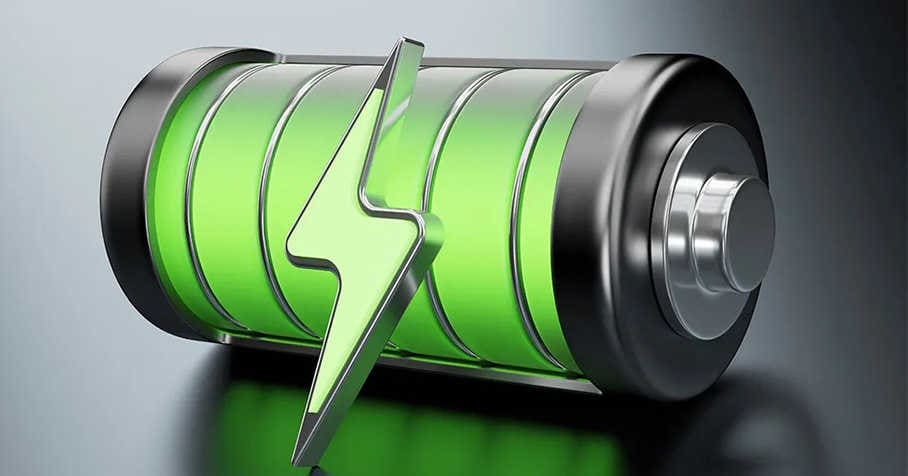
How Long Does A LiSOCL2 Battery Last?
The lifespan of a LiSOCL2 battery, also known as a lithium thionyl chloride (Li-SOCl2) battery, can vary depending on a number of factors, such as the type and size of the battery, the temperature at which it is stored and used, and the rate at which it is discharged. In...Read more




